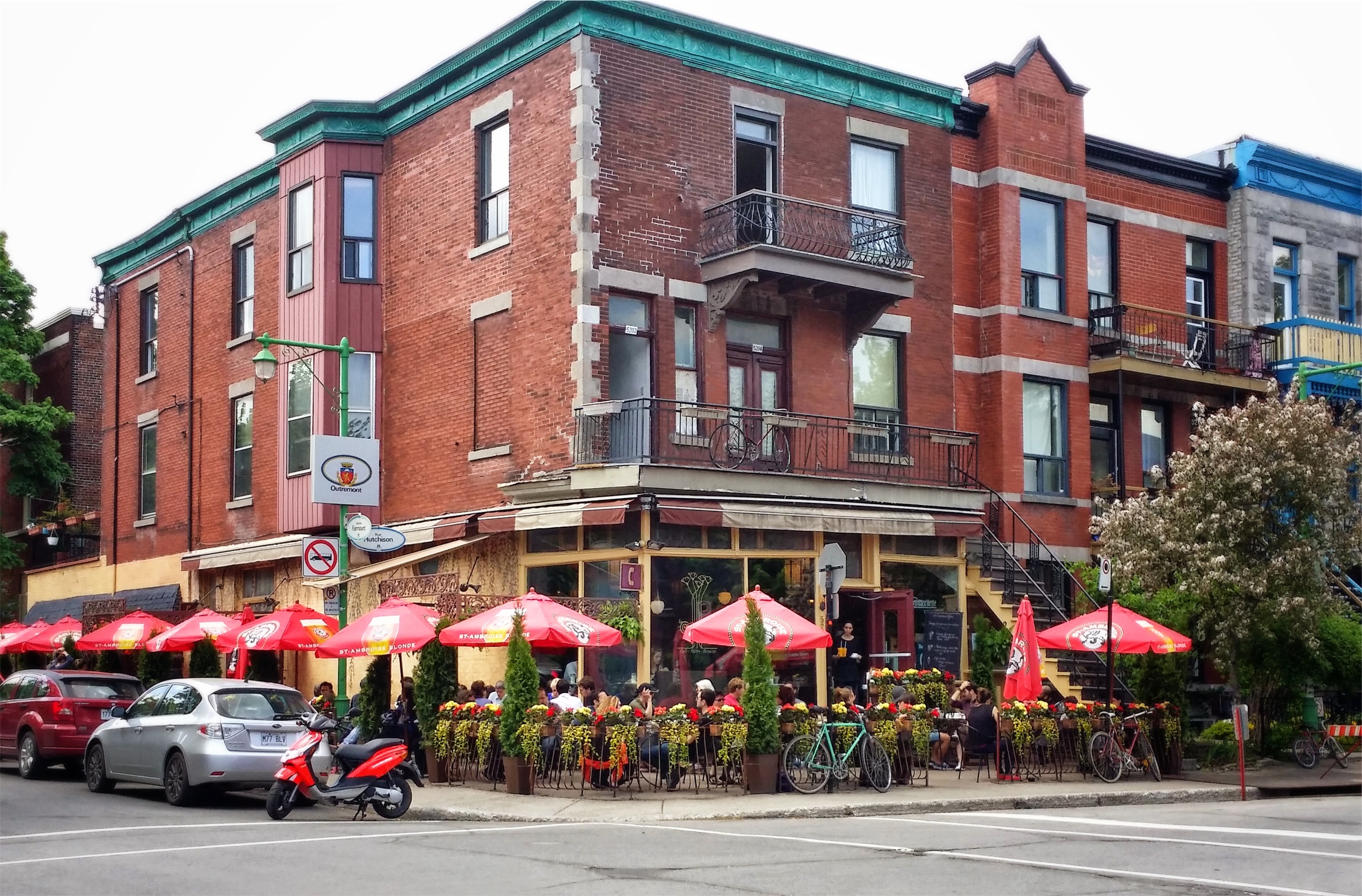by Kristin Hillery
Several years ago, when I was just beginning my cooking career, I got a job as a garde manger cook at a not-to-be-named fine dining restaurant in downtown Austin, Texas that served a limited menu of modern French dishes, all of which were perfectly cooked and perfectly plated before going out to diners. If something wasn’t perfect, it was made again.
My first day on the job, the sous chef gave me a quick tour of the kitchen — where to find hotel pans and cutting boards, the location of the walk-in and how it was organized, the dish pit. “Oh, and we’re a sustainable kitchen,” he bragged at the end of the tour, pointing to a black trashcan and an olive green one right next to it. “We compost.”
The reality, I quickly learned, was that it was not even close to a sustainable kitchen. Because of the demand for perfection, there was a tremendous amount of waste. Individually packaged heads of bibb lettuce, for example, had just four of five leaves plucked — the middle ones, as the leaves at the base were too large and the ones at the top were too small — for service before the rest, the majority of the head, was tossed into the compost bin.
And so was the plastic container the lettuce was packaged in. No one had ever explained to the staff what was compostable and what wasn’t.
Only the top quarter of white asparagus was needed for an appetizer, and the rest was tossed.
Any prepared foods left over at the end of the night were thrown away, too, with the exception being steak and short ribs, which were thrown away after two days.
The oil in the fryer was never filtered; it was discarded after service every night despite infrequent use.
Fine dining restaurants striving for perfection can still be sustainable, and that sustainability can involve so much more than just composting. Here are some ways to do it:
- Implement a composting plan and train workers on what can and cannot be put into the compost bin. While you’re at it, add in a recycling program. Don’t forget to be strict that everyone puts waste in the appropriate container.
- Use local, seasonal ingredients. Shop from local farmers and get to know them.
- If only a part of a food product will be used for a dish, have another dish on the menu that utilizes the rest of that product, or set it aside for family meal.
- Similarly, plan the menu for nose-to-tail cooking to eliminate waste at the butcher’s block.
- Run the restaurant on solar energy.
- Use earth-friendly cleaning agents.
- If you serve seafood, only serve sustainable seafood. Use resources like the Monterey Bay Aquarium’s Seafood Watch Guide.
- Instead of serving bottled water, switch to an in-house filtration system.
- Invest in reusable plastic cups with lids and straws for your cooks so they aren’t using paper or styrofoam ones every day.
- Turn off your POS system when you leave at night.
- Have a biofuel company pick up your used fryer oil.
- Pay your workers a living wage.
Sustainability is something all restaurant owners and managers should strive for, not just because it’s a trend, but because it’s the responsible thing to do. Even if you’re running a fine dining establishment, there are still many ways to achieve sustainability and still put out amazing food.
Kristin Hillery is a writer in Austin, Texas. She writes for Modernize.










